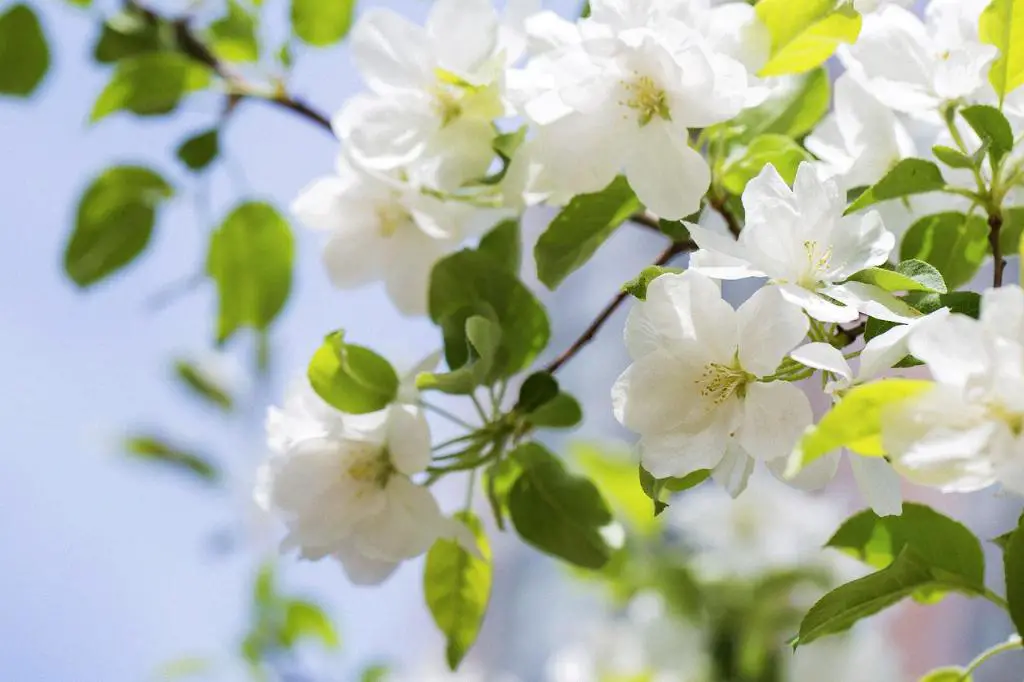When it comes to tending to begonias, one of the critical factors to consider is the amount of sunlight they require. Begonias, known for their vibrant blooms and lush foliage, thrive under specific light conditions. Understanding the sunlight needs of these plants is essential for their optimal growth and overall health.
Sunlight Requirements of Begonias
Begonias are versatile plants that can adapt to a range of light conditions, from full sun to partial shade. The optimal light conditions for begonias typically involve filtered sunlight or partial shade. While they can tolerate some direct sunlight, especially in cooler climates, prolonged exposure to intense sunlight can lead to leaf scorching or wilting. Varieties with darker foliage can generally withstand more light than those with green leaves.
Factors Influencing Sunlight Needs
The sunlight requirements of begonias can vary based on the specific variety of the plant and the environmental conditions. Different begonia cultivars have varying light requirements, with some preferring more shade or filtered light, while others can thrive in full sunlight. Seasonal variations also play a role, as begonias may require more protection from intense sunlight during the hot summer months. Additionally, the location of the plant, whether indoors or outdoors, can impact its sunlight needs.
Best Practices for Sunlight Exposure
When it comes to providing the right amount of sunlight for your begonias, placement is key. For outdoor gardens, consider positioning begonias in areas that receive morning sun and afternoon shade to prevent leaf scorching. Indoors, place begonias near windows with filtered light or use artificial grow lights to supplement their sunlight exposure. Regular monitoring of sunlight levels and adjusting the plant’s location accordingly can help maintain optimal conditions for begonias.
Common Mistakes in Providing Sunlight
One common mistake in caring for begonias is overexposing them to direct sunlight, leading to leaf damage and overall stress on the plant. Conversely, underexposure to sunlight can result in leggy growth and poor blooming. If you notice signs of sunburn or etiolation, consider moving the plant to a more suitable location with the right amount of light. Implementing strategies such as adjusting the plant’s position or using shade cloth can rectify sunlight-related issues effectively.

Conclusion
In conclusion, understanding the sunlight needs of begonias is crucial for their growth and well-being. By providing the right balance of light, you can ensure that your begonias thrive and display their full beauty. Remember to consider the specific requirements of your begonia variety, monitor sunlight exposure regularly, and make adjustments as needed to maintain optimal conditions for these stunning plants.
